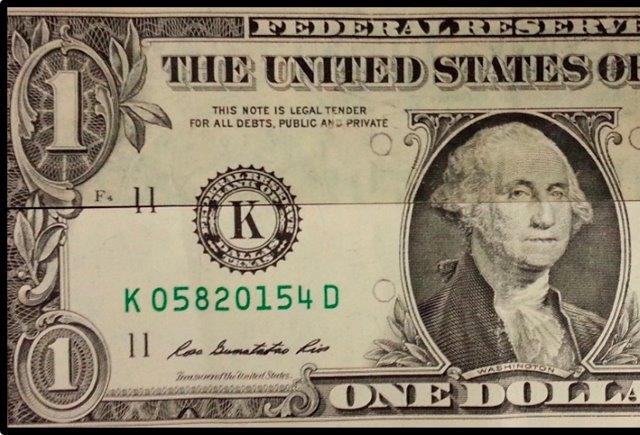FOR IMMEDIATE RELEASE
ACS News Service Weekly PressPac: January 08, 2014
Laundering money — literally — could save billions of dollars
"Supercritical Fluid Cleaning of Banknotes"
Industrial & Engineering Chemistry Research
A dollar bill gets around, passing from hand to hand, falling on streets and sidewalks, eventually getting so grimy that a bank machine flags it and sends it to the shredder. Rather than destroying it, scientists have developed a new way to clean paper money to prolong its life. The research, which appears in the ACS journal Industrial & Engineering Chemistry Research, could save billions and minimize the environmental impact of banknote disposal.
Nabil M. Lawandy and Andrei Smuk point out that replacing old currency is a growing problem. When bills become too dirty, central banks take them out of circulation and replace them with crisp new bills. As a result, the world’s treasuries print nearly 150 billion new banknotes every year at a cost approaching $10 billion. And about 150,000 tons of old bills become destined for shredding and disposal. The main culprit for this costly turnover is human sebum, the oily, waxy substance the body produces to protect skin — also the bane of acne-prone teenagers. Over a bill’s lifetime of about 3 to 15 years depending on the denomination, sebum accumulates on its surface, reacts with oxygen in the air and turns a yellowish hue. To delay a banknote’s retirement, Lawandy’s team decided to see if they could just clean it, removing the accumulated sebum.
They turned to “supercritical” CO2, which acts like both a gas and a liquid and is commonly used in other cleaning applications. When they tested it on banknotes from around the world, they found that it effectively removed oxidized sebum and motor oil while leaving intact security features such as holograms and phosphorescent inks.

High-resolution image

